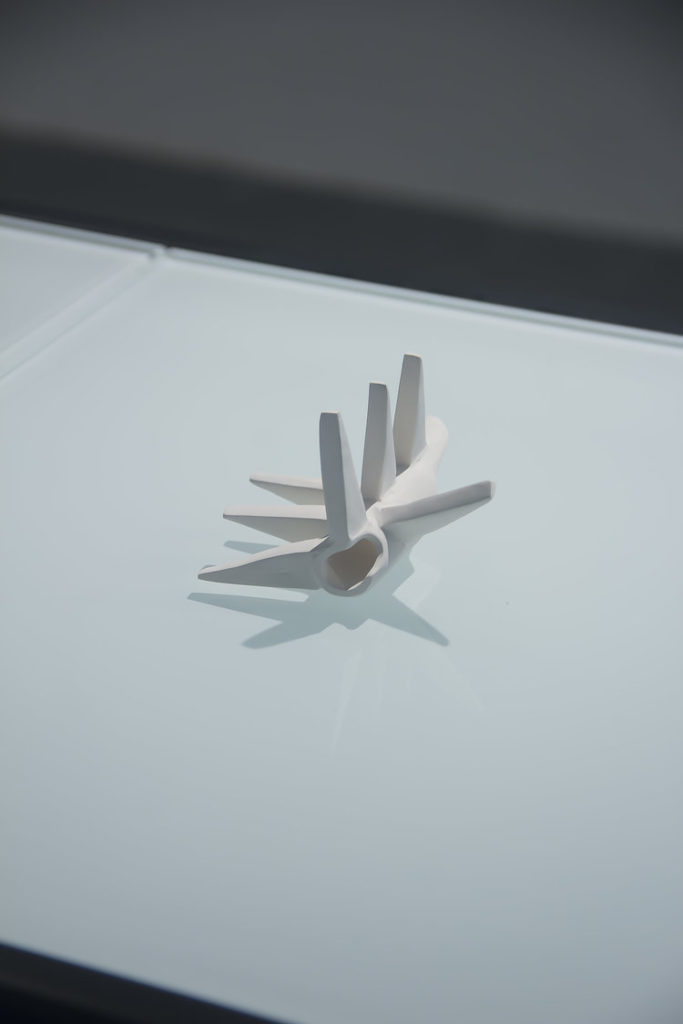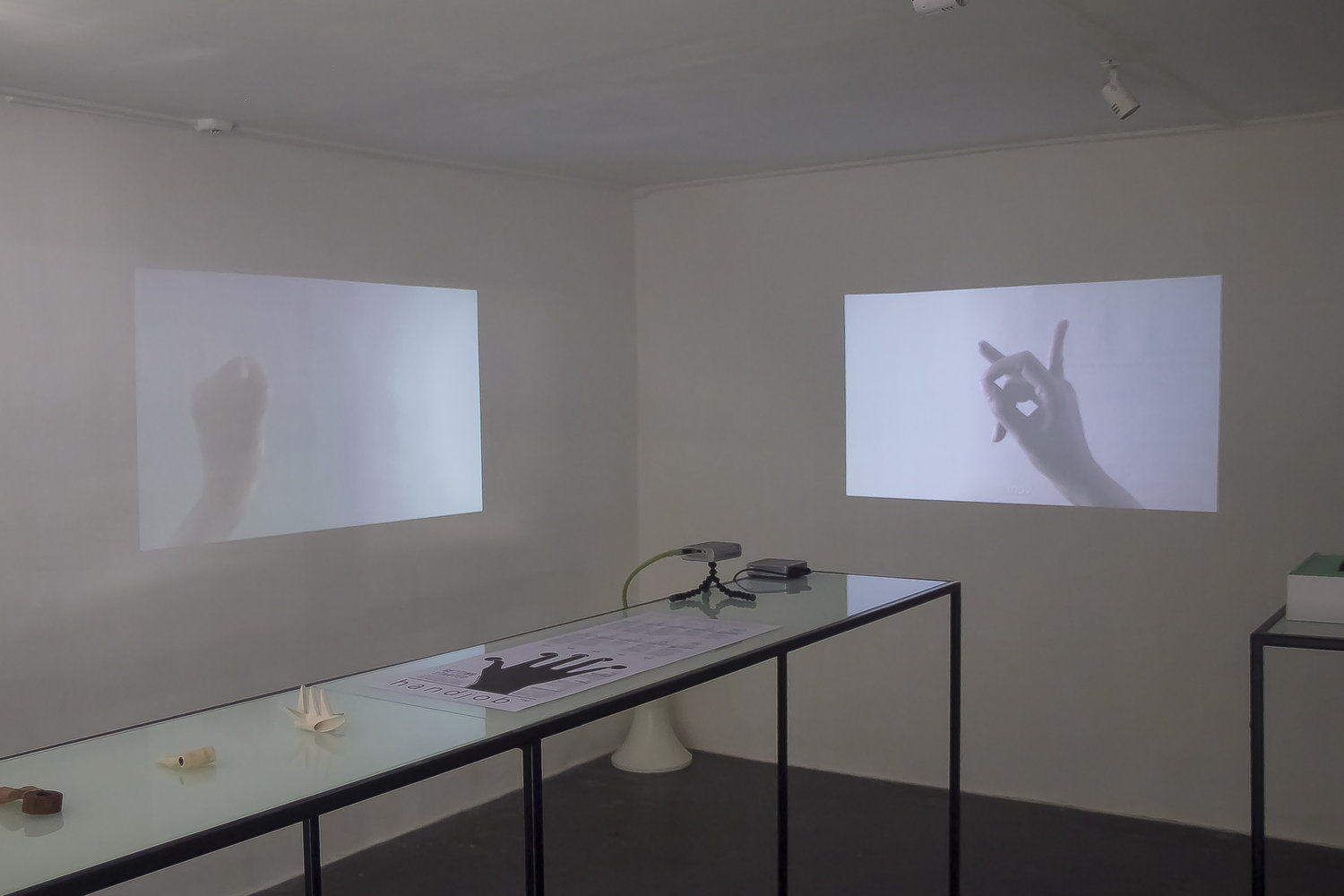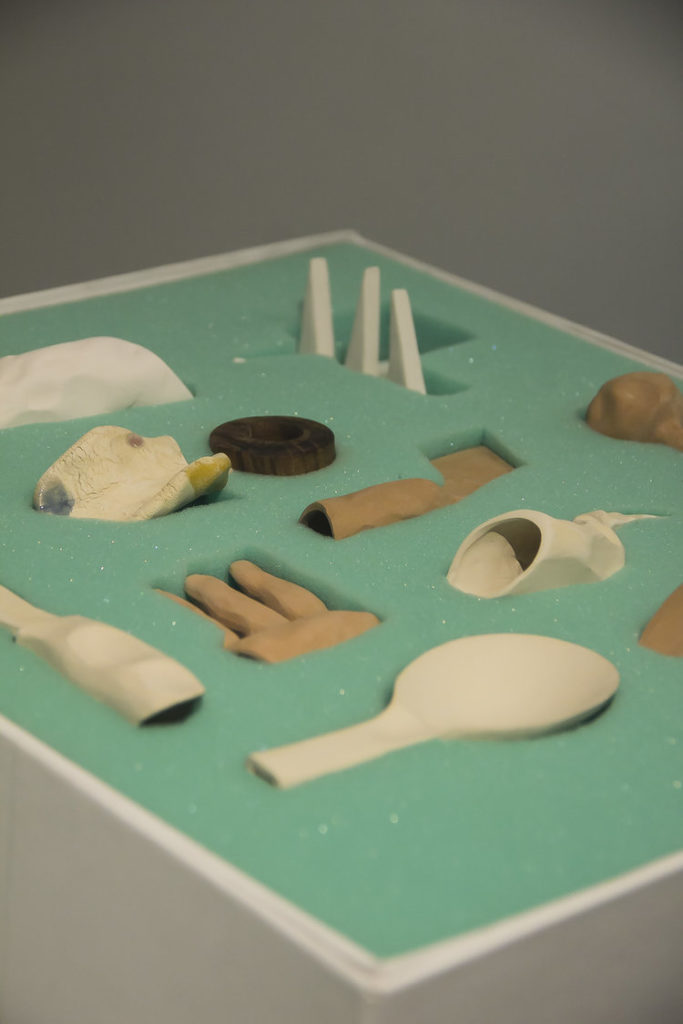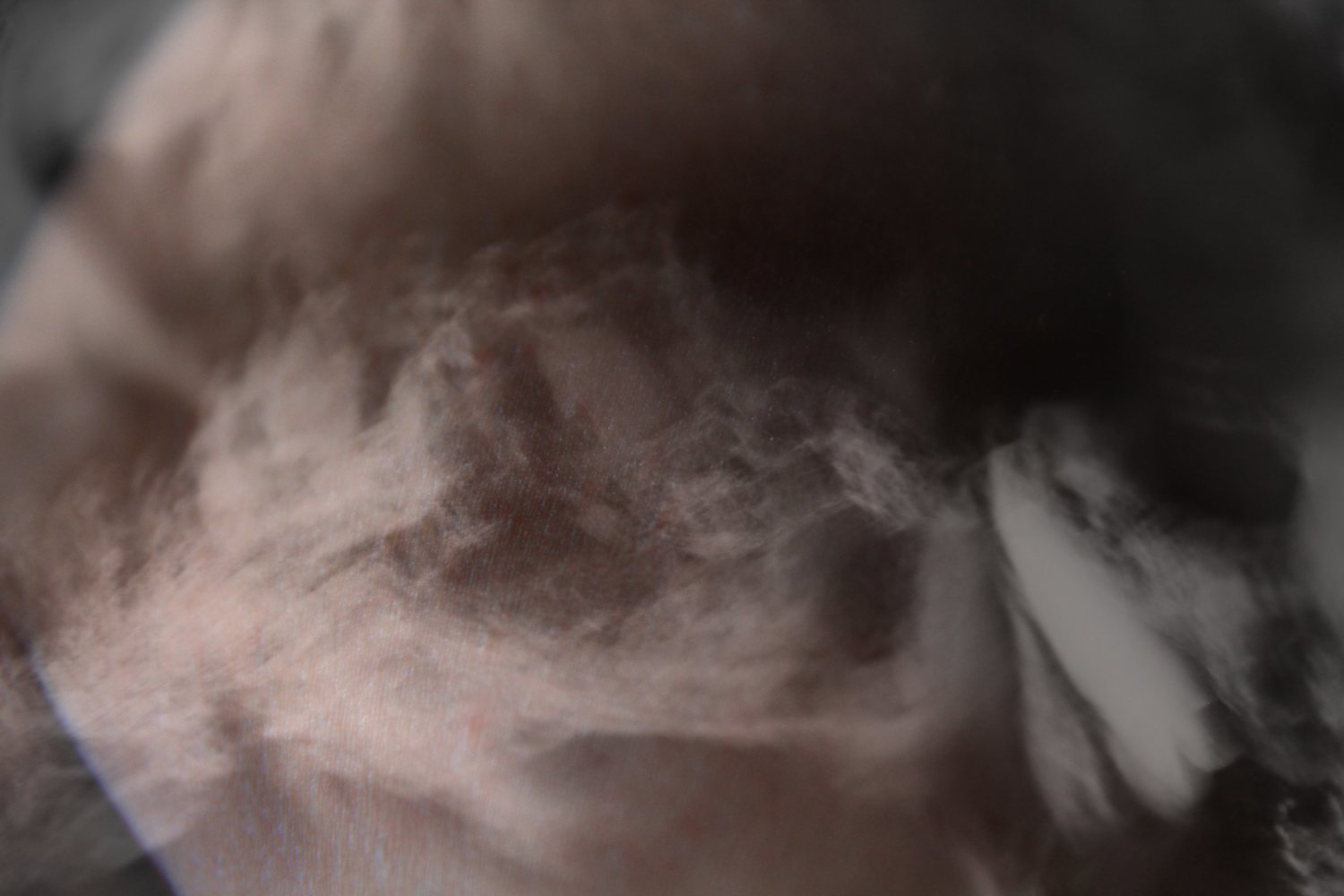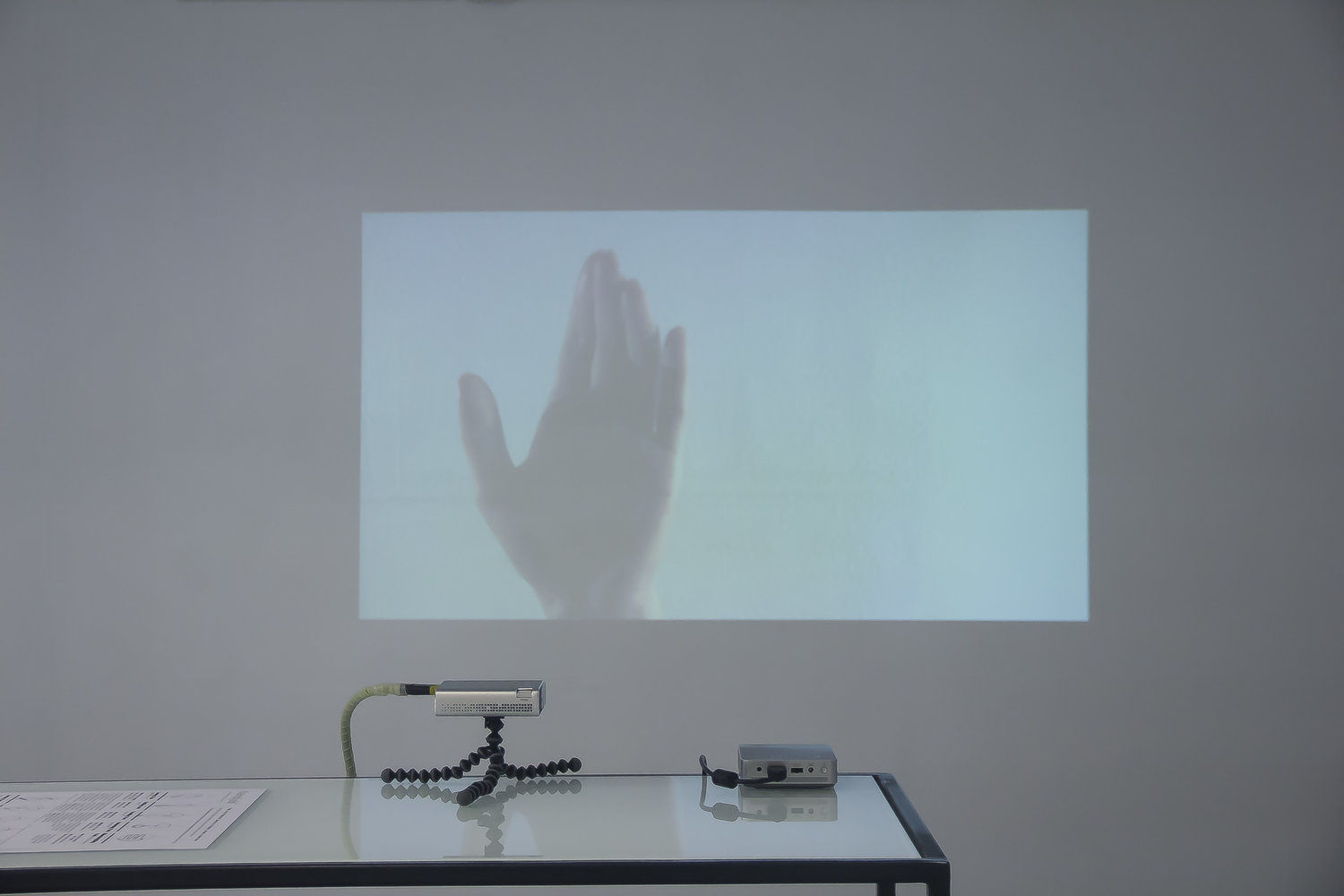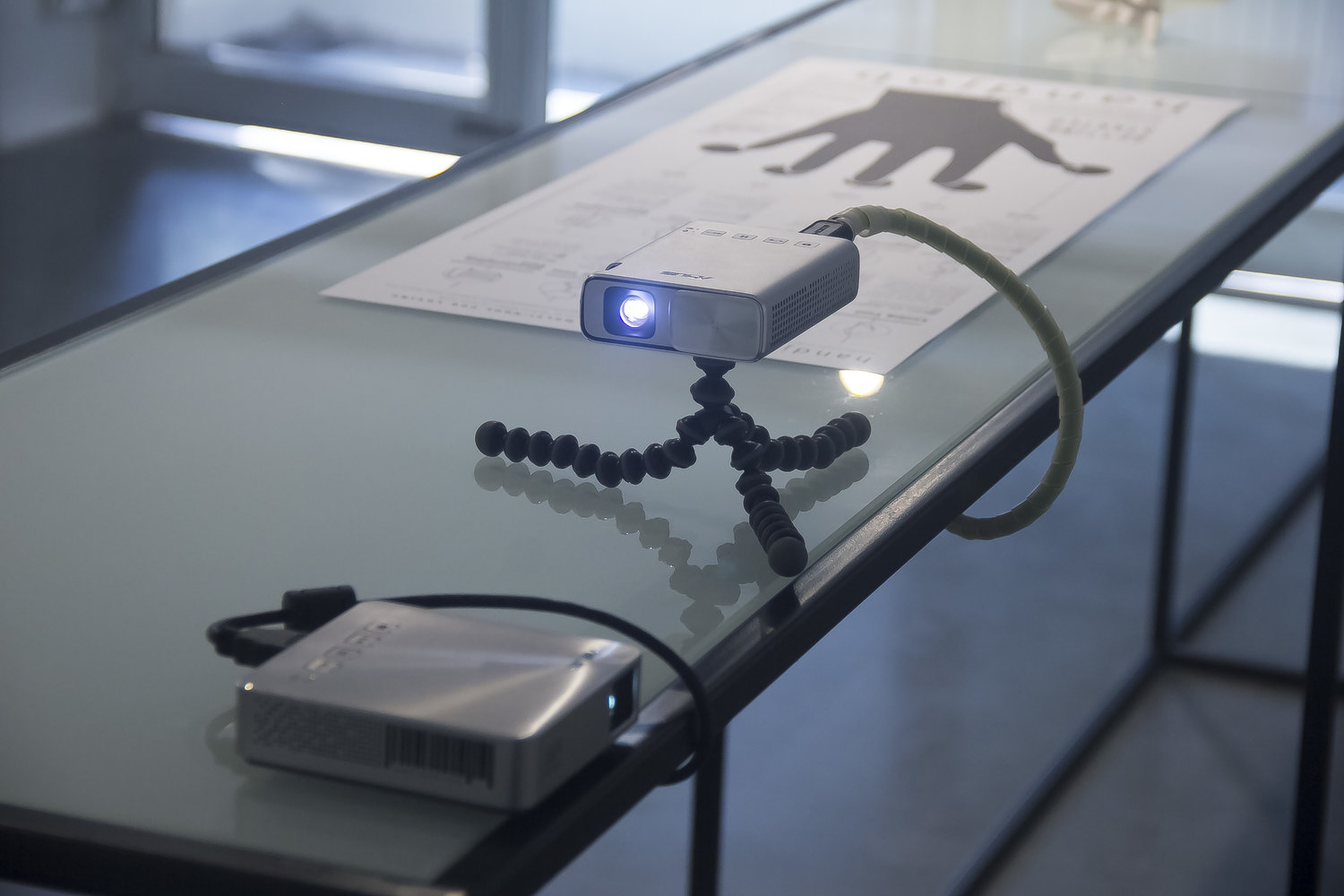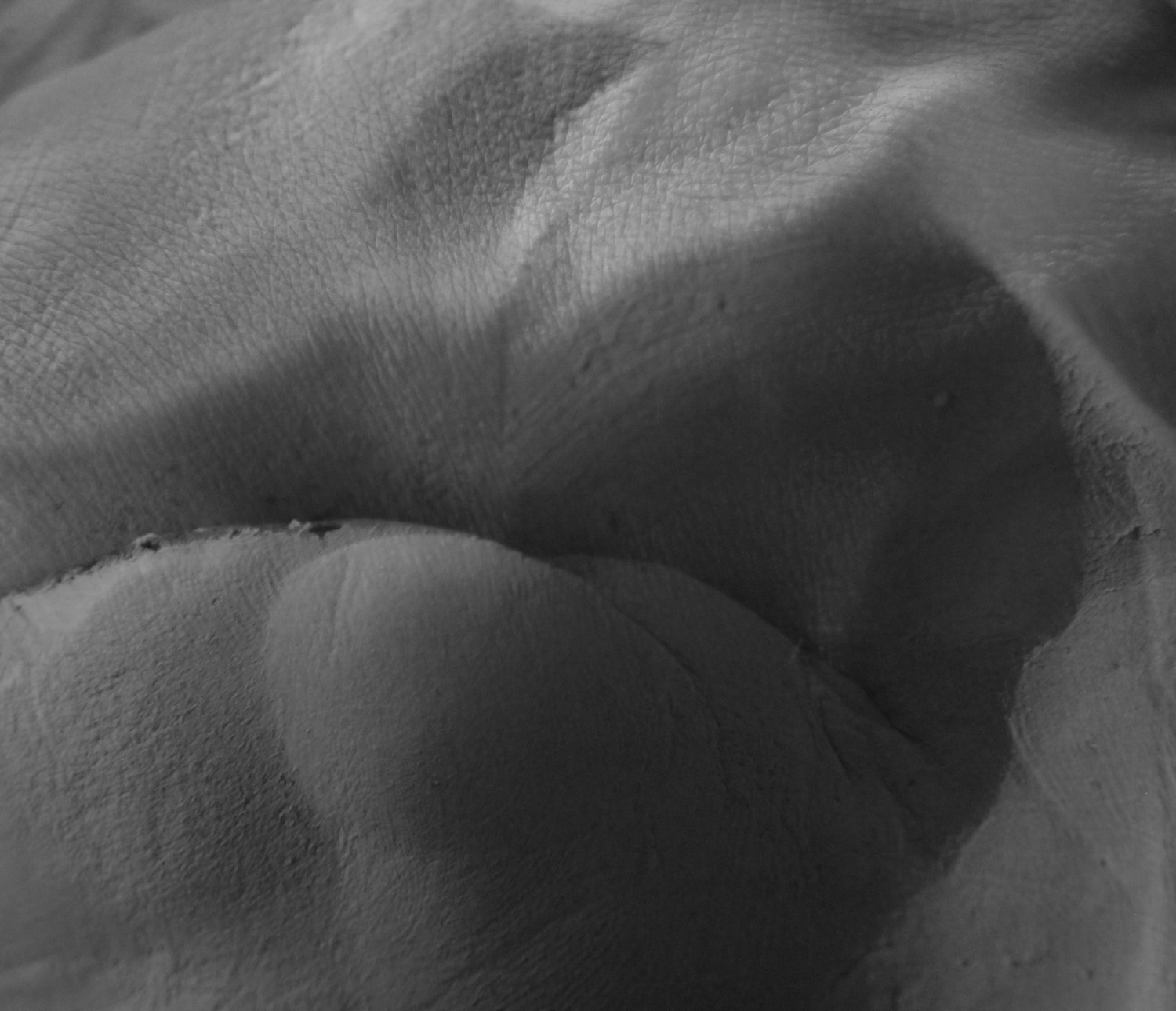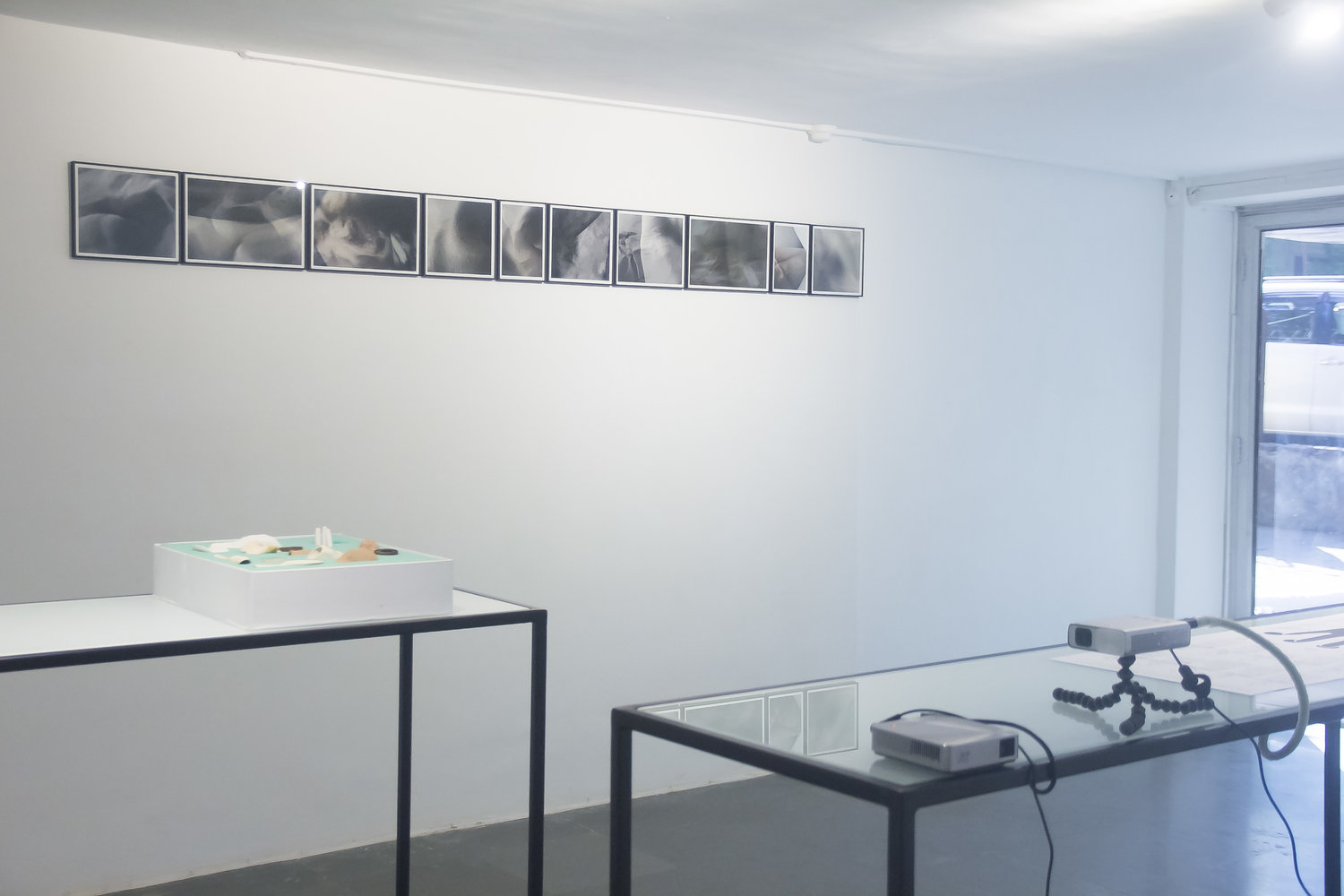PINCH YOUR THUMB AND THREE FINGERS
Neha Kudchadkar
Exhibition
Mar 28 – Jun 15, 2018
Location
At Mumbai Art Room, Pipewala Building, 4th Pasta Lane, Colaba
Mumbai 400 005, India

Display is glad to present the exhibition Pinch your Thumb and Three Fingers, by the Bombay based artist Neha Kudchadkar, that features “Hand Job”. The exhibition is made in partnership with Mumbai Art Room and Pro Helvetia – Swiss Art Council, in the frame of the curatorial lab and residency. In that context, both the artist Neha Kudchadkar and the curator Marie DuPasquier, as well as Display and Mumbai Art Room engaged a collaboration considered to be the beginning of a longer conversation.
Touch, press, squeeze, manipulate, knead, hit. An encounter between natural matters – mineral and organic as clay and body – allows transformation and formation to occur. The hands touch, try and invent instinctively[1]. They repeat movements, in an attempt to understand, learn and transmit; the hands engage gestures and technical gestures. Touching in these ways, externalizes thoughts and visions, exposes the body to the outside world and marks the presence of things. In return, the hands – and by extension the whole being – bear the marks of this interplay with material and objects. They are formed, or even deformed, as touching implies being touched at the same time: touched by consistency, texture, temperature, by the meeting of bodies and things, by images and shapes.
If the skin of the whole body is a promising contact surface, the hand is certainly a major player of feeling and touching. It “acts as an intermediary between the consciousness and alterity, it seeks the world outside the human corporeality and tries to incorporate the distance that exists between the other and the self.”[2] Used as a measuring instrument which gave the scale for the primitive units such as the digit, the span, a handful or a pinch, it also functions as communication tool that allows the establishment of language; it signifies, counts and organizes; it is a tool for analysis, knowledge, pleasure or injury. Among all the hand’s capacities, grabbing makes the difference as it enables it to receive any instrument. The prehensile hand[3], tool itself as well as producer, is the potential of all tools, that in turn become extensions, implants or indistinguishable organs. As John Zachary Young said in the 1950’s: “We create tools that we adapt to”[4].
Pinch your thumb and three fingers, tip, scroll, double tap, smart zoom in and out, rotate, swipe, open, drag, spread. The multi-touch manual will teach you effectively how to develop new fingertip abilities and adopt gestures or communication skills to navigate the haptic system of our black screen devices. How formed or deformed are the digits and palms of our hands? Can human beings adapt to being in touch without touching? Neha Kudchadkar, through her work Hand Job, grasps the tactile-kinesthetic relationship between bodies and objects, technological devices, that populate our daily life and intimate spheres. In her practice, she works predominantly with clay and creates objects, extensions of her body, ready to be used and added to a potential augmented body. Ceramic has long accompanied humankind in the history of technology, as from antique craft and means of construction to being a component of industrial engineering, it joined the most sophisticated equipment that composes our mobile devices. Even as the artist acknowledges this, her corporeal engagement with the material to shape the ceramic tools allows her to imprint her digits and trace her own experience.
Bound but not restricted to this particular medium, with the sensitive materiality and movement that her work implies, she opens her practice up to other roles and media such as photography, performance or video. She moves through the numerous boundaries of geographical and political spaces, through those of gender and culture, to lay across them, to connect and open a dialogue between and within disciplines on materiality and the body. The exhibition is a sensitive and intimate contact zone in which Neha Kudchadkar fleshes out the portrait of our human condition; an exhibition on connectivity.
Text by Marie DuPasquier
[1] According to the Latin root intueri which implies “looking attentively”, experience of vision and knowledge, concentration and the wish for something to appear – from the inside to the outside. [2] RIBAULT Patricia, « Du toucher au geste technique : la « technè des corps » », in Appareil 8 | 2011.[3] Aristote, De l’âme, III, 8. Cf. J.-L. Chrétien, L’appel et la réponse, Paris, Minuit, 1992, p. 114. [4] YOUNG John Zachary, Doubt and certainty in Science, 1950. Quoted by Chloé Delarue for her work TAFAA – Towards a Fully Automated Appearance.
Neha Kudchadkar is a visual and performing artist currently based in Mumbai. She is a graduate of the Royal College of Art, London, and the Faculty of Fine Arts, M.S.U. Baroda. She is a recipient of the Charles Wallace India Trust Scholarship and the Junior Fellowship, Government of India. She has chosen to negotiate various roles – dancer, ceramicist, researcher, teacher, choreographer, administrator, collaborator – that inform one another and broaden her approach as an artist and maker. Neha places herself in her social, political, material, cultural, and physical environment through her work – sometimes playful, sometimes somber. She often uses her body as the subject and object of her work and as a tool for the making of it. www.nehakudchadkar.com
The Mumbai Art Room. Founded in 2011 by American curator Susan Hapgood, the Mumbai Art Room exhibits contemporary art, design, and visual culture from around the world and provides a noncommercial platform for artistic and curatorial practice, one that is experimental, educational, and as accessible as possible to all audiences. The Mumbai Art Room is officially registered as the Contemporary Arts Trust with the Charity Commissioner’s Office of the State of Maharashtra. Some highlights of the last six years of programming have been Nathalie Djurberg: I Found Myself Alone, 2011, curated by Susan Hapgood; Sammlung Ludwig: Art of the Sixties & Hans Haacke: The Chocolate Master , 2011, curated by David Platzker (now curator of the Museum of Modern Art , New York); Justin Ponmany: Inward Clearing , 2014-15, curated by Zasha Colah; and Rehearsing the Witness: The Bhawal Court Case , 2015-16, with Zuleikha Chaudhari, curated by Nida Ghouse. The trustees of the Mumbai Art Room are Diana Campbell Betancourt (Chair), Gaurav Bhatia, Susan Hapgood (Founder), Roohi Jaikishan, Shanay Jhaveri, Gayatri Rangachari Shah, and Tarbir Shahpuri.
This project is supported by:
Mumbai Art Room
Pro Helvetia – Swiss Art Council
RRO – Bring Health To Your Table
Künstlerhaus Stadttöpferei Neumünster

